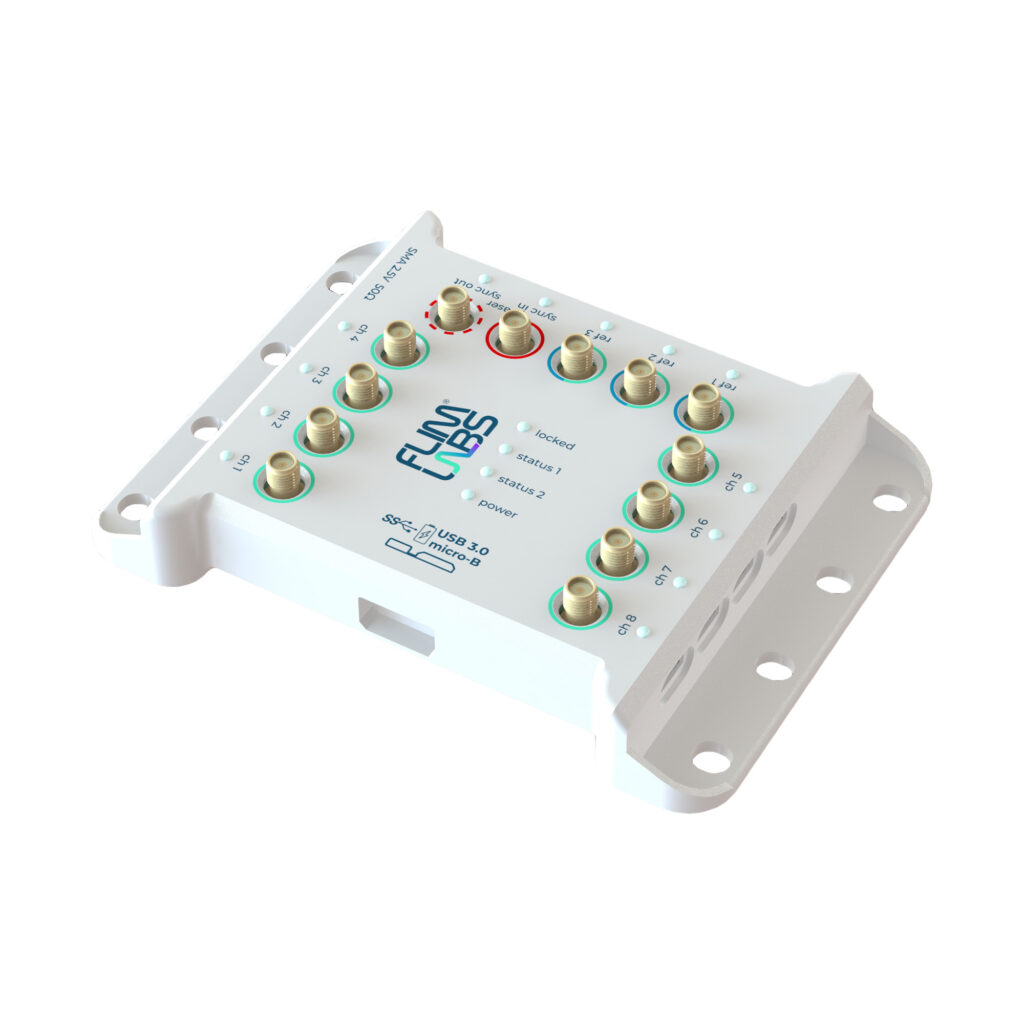TCSPC
Time-Correlated Single Photon Counting (TCSPC) is a highly precise and widely utilized technique in the field of time-resolved spectroscopy and fluorescence lifetime imaging analysis [1]. TCSPC operates by detecting individual photons emitted from a sample and precisely measuring the time intervals between photon arrivals and laser pulses [2] – Figure 1.
Figure 1 – Principle of Time-Correlated Single-Photon Counting
This technique allows researchers to determine the fluorescence lifetime of fluorophores with exceptional accuracy, providing valuable insights into molecular dynamics, interactions, and environmental changes [3]. By correlating photon arrival times with an electronic signal, TCSPC enables the construction of fluorescence decay curves, which can be further analyzed to extract quantitative information about the sample’s properties [4] – Figure 2.
Figure 2 – Minimal setup for reconstructing fluorescence intensity decay curves
With its sensitivity, temporal resolution, and versatility, TCSPC has become an indispensable tool in various scientific disciplines, including biophysics, chemistry, and materials science.
find out more about our products
References:
[1] Lakowicz JR. Principles of Fluorescence Spectroscopy. Springer; 2006. DOI: 10.1007/978-0-387-46312-4
[2] Becker W. Advanced Time-Correlated Single Photon Counting Techniques. Springer; 2005. DOI: 10.1007/b137512
[3] Gratton E, Jameson DM, Hall RD. Multifrequency Phase Fluorometry. Springer; 1987. DOI: 10.1007/978-1-4684-5207-1
[4] Valeur B, Berberan-Santos MN. Molecular Fluorescence: Principles and Applications. Wiley-VCH; 2012. DOI: 10.1002/9783527651137












